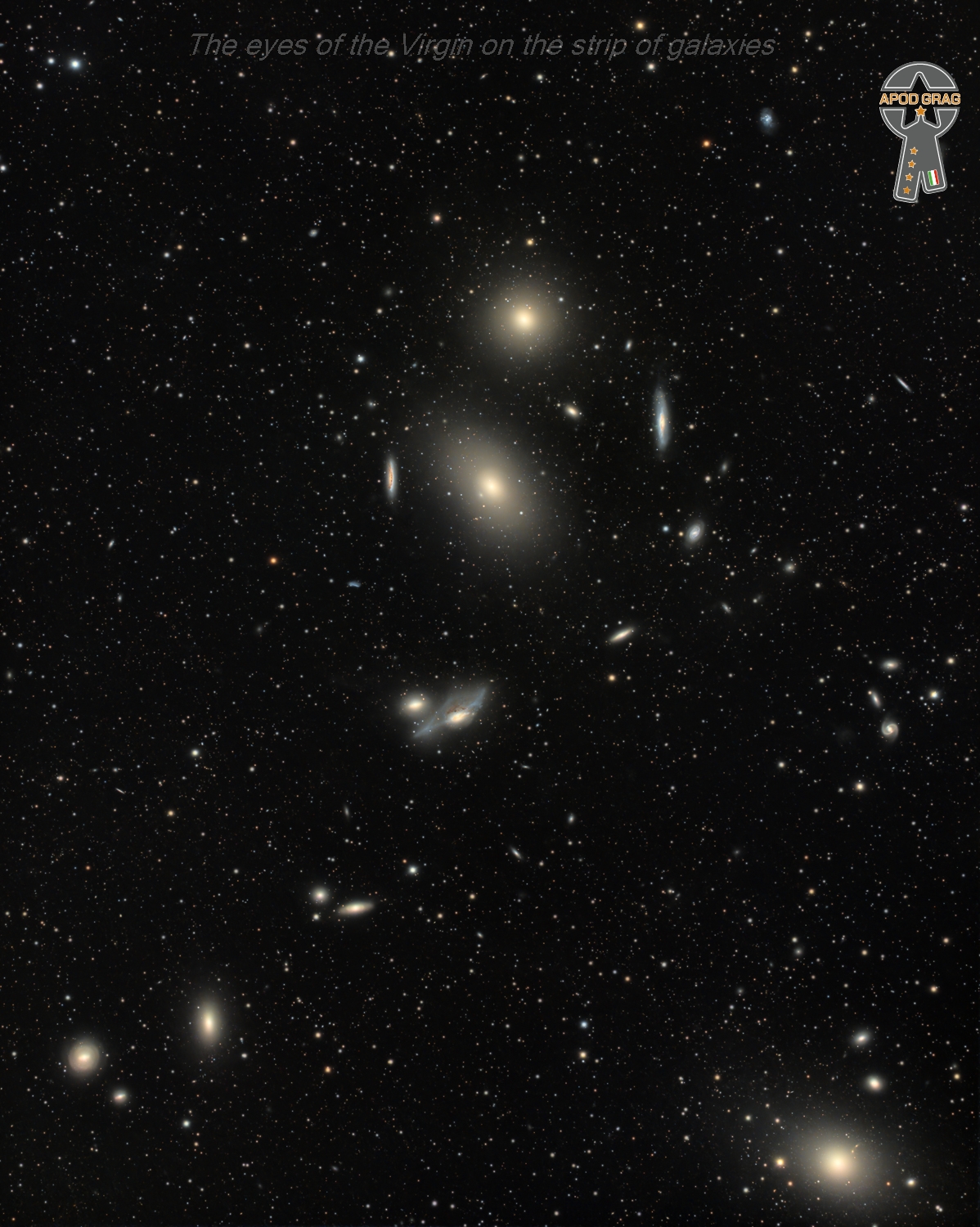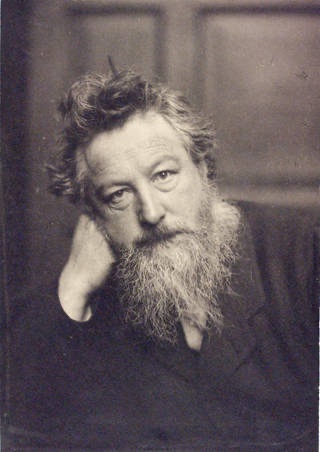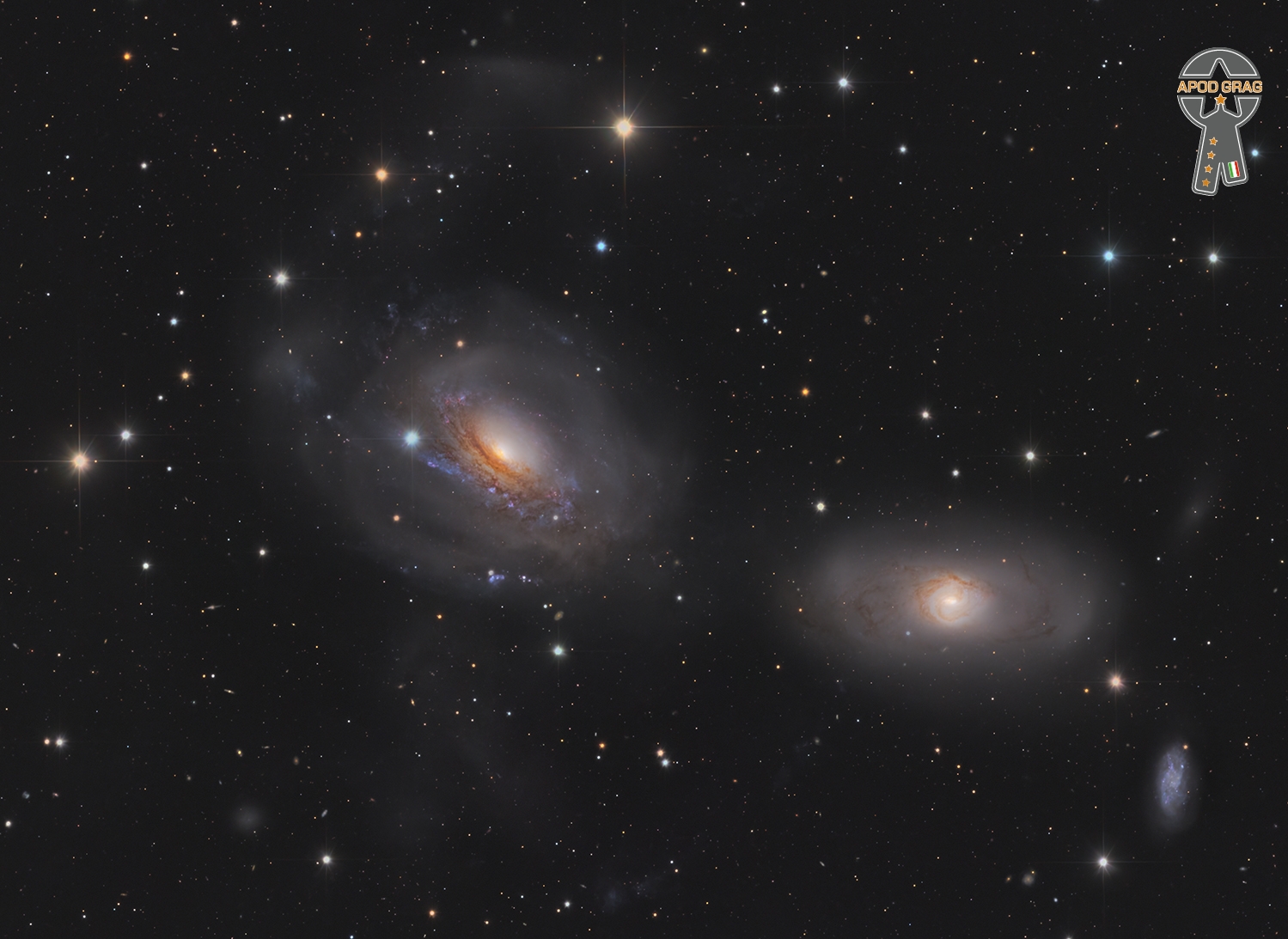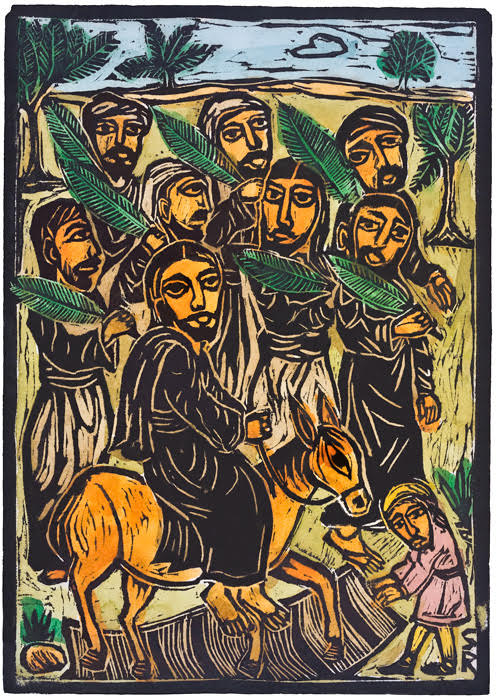Blog
Ali Akbar Khan (14 April 1922 – 18 June 2009) was an Indian Hindustani classical musician of the Maihar gharana, known for his virtuosity in playing the sarod. Trained as a classical musician and instrumentalist by his father, Allauddin Khan, he also composed numerous classical ragas and film scores. He established a music school in Calcutta in 1956, and the Ali Akbar College of Music in 1967, which moved with him to the United States and is now based in San Rafael, California, with a branch in Basel, Switzerland.
Khan was instrumental in popularizing Indian classical music in the West, both as a performer and as a teacher. He first came to America in 1955 on the invitation of violinist Yehudi Menuhin and later settled in California. He was a adjunct professor of music at the University of California, Santa Cruz.
Khan was accorded India’s second highest civilian honour, the Padma Vibhushan, in 1989. Nominated five times for the Grammy Award, Khan was also a recipient of the MacArthur Fellowship and the National Endowment for the Arts‘ National Heritage Fellowship.
more...Eugene “Jug” Ammons (April 14, 1925 – August 6, 1974), also known as “The Boss”, was an American jazz tenor saxophonist. The son of boogie-woogie pianist Albert Ammons, Gene Ammons is remembered for his accessible music, steeped in soul and R&B.
Born in Chicago, Illinois, Ammons studied music with instructor Walter Dyett at DuSable High School. Ammons began to gain recognition while still at high school when in 1943, at the age of 18, he went on the road with trumpeter King Kolax‘s band. In 1944, he joined the band of Billy Eckstine (who bestowed on him the nickname “Jug” when straw hats ordered for the band did not fit), playing alongside Charlie Parker and later Dexter Gordon. Performances from this period include “Blowin’ the Blues Away,” featuring a saxophone duel between Ammons and Gordon. After 1947, when Eckstine became a solo performer, Ammons then led a group, including Miles Davis and Sonny Stitt, that performed at Chicago’s Jumptown Club. In 1949, Ammons replaced Stan Getzas a member of Woody Herman‘s Second Herd, and then in 1950 formed a duet with Sonny Stitt.
more...The recording is Martin Ubwe, MP, David Burk and mick. The pic is the second version with Siama Matuzungidi in the late 90’s.
more...Edwin “Eddie” Marshall (April 13, 1938 – September 7, 2011) was an American jazz drummer.
Marshall was born in Springfield, Massachusetts. He played in his father’s swing group and in R&B bands while in high school. He moved to New York City in 1956, developing his percussion style under the influence of Max Roach and Art Blakey. Two years later he played in the quartet of Charlie Mariano and with Toshiko Akiyoshi; after two years’ service in the Army, he returned to play with Akiyoshi again in 1965. He worked with Mike Nock for a year in the house band of the New York nightclub The Dom, and also worked with Stan Getz and Sam Rivers, and accompanied Dionne Warwick on tours.
more...Markarian’s Chain is a stretch of galaxies that forms part of the Virgo Cluster. When viewed from Earth, the galaxies lie along a smoothly curved line. Charles Messier first discovered two of the galaxies, M84 and M86, in 1781. The other galaxies seen in the chain were discovered by William Herschel and are now known primarily by their catalog numbers in John Louis Emil Dreyer‘s New General Catalogue, published in 1888. It was ultimately named after the Armenian astrophysicist, Benjamin Markarian, who discovered their common motion in the early 1960s. Member galaxies include M84 (NGC 4374), M86 (NGC 4406), NGC 4477, NGC 4473, NGC 4461, NGC 4458, NGC 4438 and NGC 4435. It is located at RA 12h 27m and Dec +13° 10′. 50-60mly.

more...
John William Casady (born April 13, 1944) is an American bass guitarist, best known as a member of Jefferson Airplane and Hot Tuna. Jefferson Airplane became the first successful exponent of the San Francisco Sound.[1] Singles including “Somebody to Love” and “White Rabbit” charted in 1967 and 1968. Casady, along with the other members of Jefferson Airplane, was inducted into the Rock and Roll Hall of Fame in 1996.
more...Lowell Thomas George (April 13, 1945 – June 29, 1979) was an American singer, songwriter, multi-instrumentalist, and record producer. He was the primary guitarist, vocalist, and songwriter for the rock band Little Feat. Before forming Little Feat, he was a member of Frank Zappa‘s band the Mothers of Invention. On June 29, the morning after an appearance at Washington, D.C.’s Lisner Auditorium, where the bulk of Waiting for Columbus had been recorded in 1977, George collapsed and died of a heart attack in his Arlington, Virginia, hotel room at the Twin Bridges Marriott. His heart attack was caused by an accidental heroin overdose.
more...Albert Leornes Greene (born April 13, 1946), known professionally as Al Green, is an American singer, songwriter, pastor and record producer. He is best known for recording a series of soul hit singles in the early 1970s, including “Tired of Being Alone” (1971), “I’m Still in Love with You” (1972), “Love and Happiness” (1973), “Take Me to the River” (1974), and his signature song, “Let’s Stay Together” (1972). After his girlfriend died by suicide, Green became an ordained pastor and turned to gospel music. He later returned to secular music.
Green was inducted into the Rock and Roll Hall of Fame in 1995. He was referred to on the museum’s site as being “one of the most gifted purveyors of soul music”. He has also been referred to as “The Last of the Great Soul Singers”. Green is the winner of 11 Grammy Awards, including the Grammy Lifetime Achievement Award. He has also received the BMI Icon award and is a Kennedy Center Honors recipient. He was included in Rolling Stone‘s 2008 list of the “100 Greatest Artists of All Time”, ranking at No. 65, as well as its 2023 list of the “200 Greatest Singers of All Time”, at No. 10.
Green is a canonical Memphis soul artist. He collaborated closely with many of Memphis’s most notable R&B musicians; a long and prolific partnership with producer/arranger Willie Mitchell and the Hi Rhythm Section yielded Green’s greatest commercial success.
more...“A society based on cash and self-interest is not a society at all, but a state of war.” William Morris

Located approximately 75 million light-years away in the constellation Sextans, NGC 3169 is a striking spiral galaxy undergoing a gravitational interaction with its neighbor, NGC 3166. This cosmic encounter has resulted in dramatic distortions of its spiral structure, stretching out delicate tidal streams and stellar plumes that hint at the immense forces at play.
One of the most captivating features of NGC 3169 is its sweeping tidal tails, remnants of its ongoing interaction. These elongated structures tell the story of how galaxies evolve and reshape over time, driven by their mutual gravitational pull. The dark dust lanes, illuminated by the soft glow of starlight, weave through the galaxy’s core, adding to its rich complexity.
Adding to its intrigue, NGC 3169 also hosts an active galactic nucleus, believed to house a supermassive black hole. This powerhouse emits radiation across multiple wavelengths, from radio to X-rays, making it a fascinating subject for study.

more...
More Posts
- Vassar Clements
- Mt Zion Shabbat for the Soul
- Cosmo Gum 37
- Carl Allen
- Albert King
- Ella Fitzgerald
- Flamenco Friday Camarón de la Isla y Tomatito
- Daily Roots Freddie McKay
- Holocaust Remembrance Day 2025
- Collin Walcott
- Cosmo NGC 6164
- John Williams
- Johnny Griffin
- Joe Henderson
- World Music Laxankii Faysal Cumar Mushteeg
- Daily Roots Johnny Clarke
- RHYTHM ROOTS WORKSHOP Tasks Unlimited
- Cosmos Jupiter
- Roy Orbison
- Milton Banana






